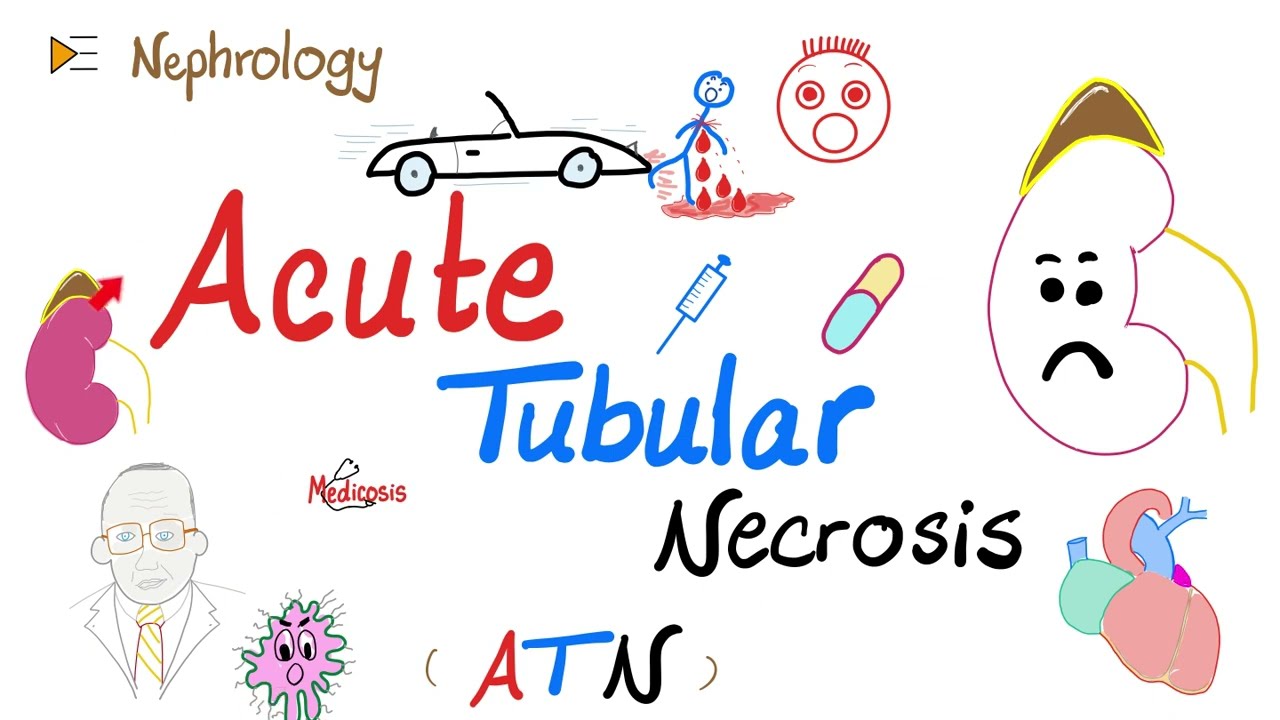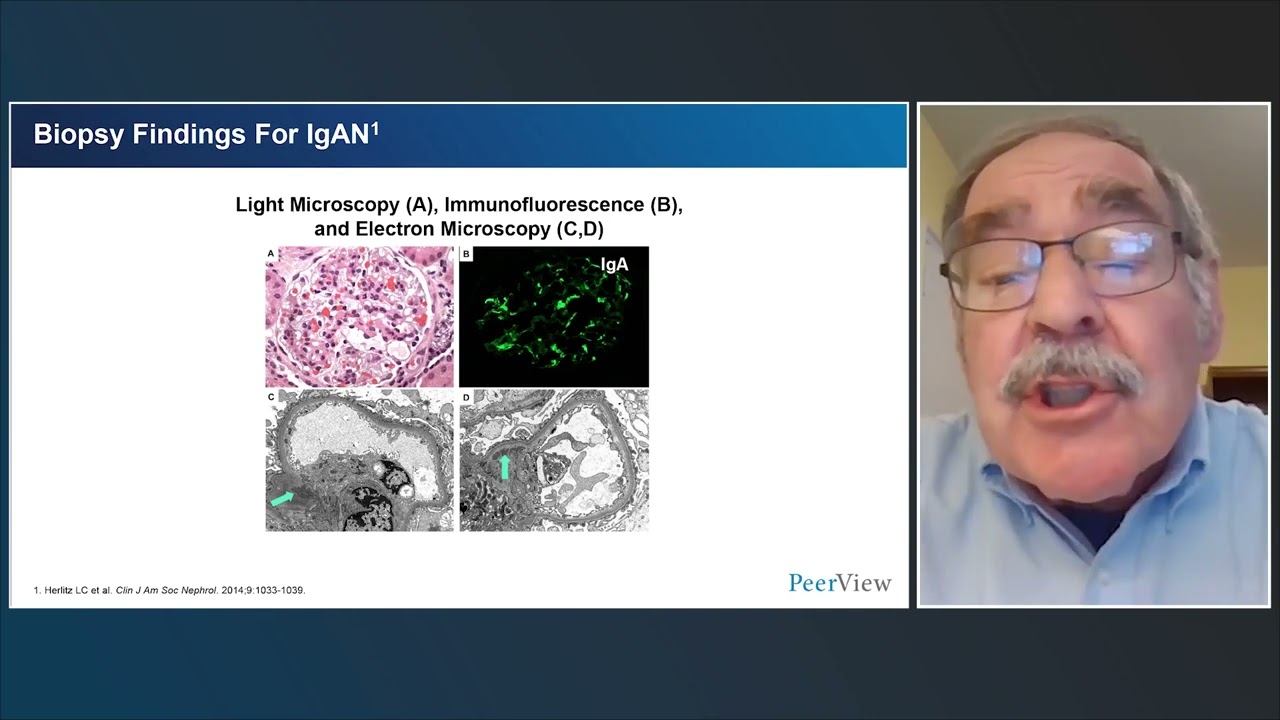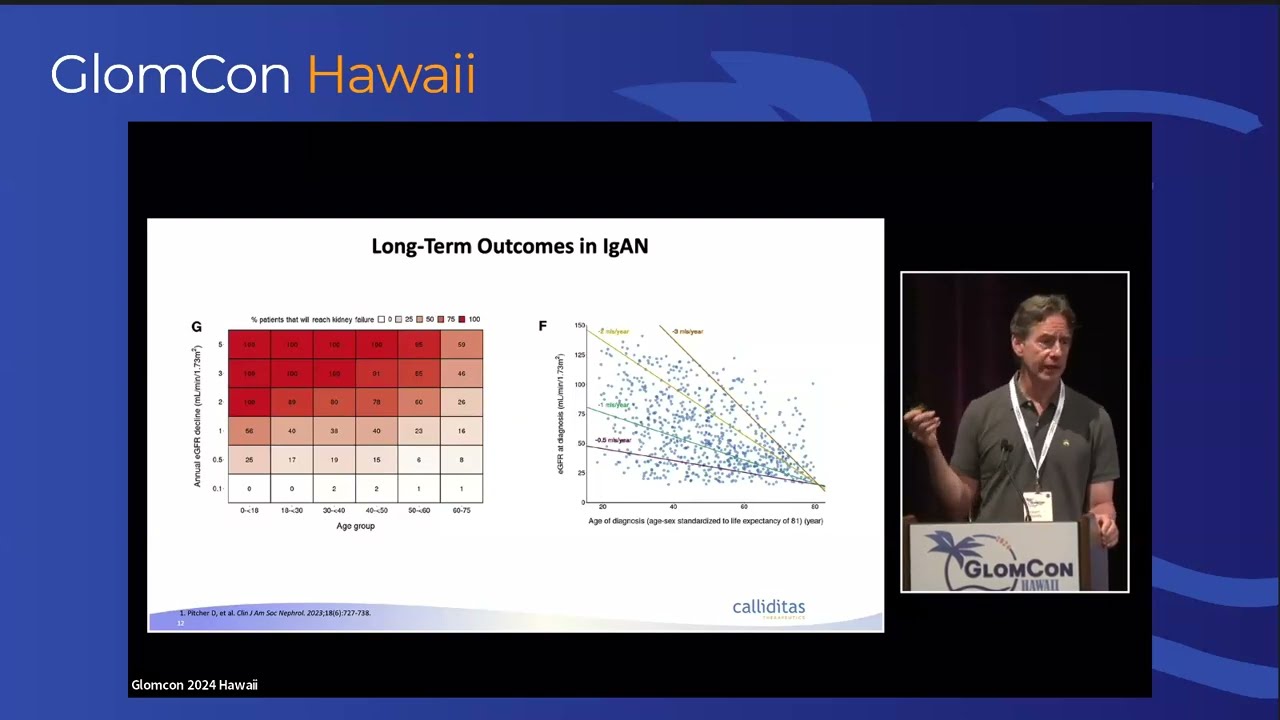The Nephrology Channel
NEW YORK (Reuters Health) – The success of radiofrequency ablation (RFA) for small renal tumors is strongly dependent on tumor size, according to a study in the April issue of The Journal of Urology, available online now.
Dr. Jeffrey Cadeddu who worked on the study told Reuters Health RFA is “very effective for the smaller renal tumors < 3 cm in size with success rates comparable to published series of partial nephrectomy. For tumors > 3 cm, RFA success rates are not as good as surgery for disease control and so should be reserved for select tumors and patients.”
Dr. Cadeddu from University of Texas Southwestern Medical Center, Dallas, Texas, said the analysis was prompted “by criticism that ablation technologies (cryoablation and RFA) are not as effective as the standard partial nephrectomy. It was our impression here that across the board this is likely true when all tumors between 0 and 4 cm (stage T1a) are considered together but conversely our anecdotal experience was that for smaller tumors RFA was just as good a surgery, and certainly much less risky.”
“Rather than make a blanket statement that surgical excision (partial nephrectomy) is always better for clinical stage T1a (< 4 cm), we sought to study our experience and determine if tumor size influenced treatment success,” he explained.
The researchers examined long-term outcomes of renal tumor RFA stratified by tumor diameter for 159 tumors. Median tumor size was 2.4 cm (range 0.9 to 5.4 cm) and median followup was 54 months (range 1.5 to 120 months). Pre-ablation biopsies performed on 150 tumors (94%) confirmed renal cell carcinoma in 108 (72%), angiomyolipoma in 10 (7%), oncocytoma in 18 (12%), benign tissue in four (3%) and oncocytic neoplasm in one (1%).
The researchers report that disease-free survival (DFS) at three years was 92% for all patients and was dependent on tumor size, with a three-year DFS of 96% in tumors smaller than 3.0 cm and 79% in tumors 3.0 cm or larger. They confirmed through Cox regression analysis a higher risk of recurrence after RFA for the larger tumors (hazard ratio 6.279; p=0.001).
The five-year DFS was similar at 91% for all patients, 95% in tumors smaller than 3.0 cm and 79% in tumors measuring 3.0 cm or larger. DFS for tumors smaller than 2 cm, 2.0 to 2.4 cm and 2.5 to 2.9 cm was essentially equal, the researchers report, at 98%, 95% and 96%, respectively, and was significantly higher than for tumors 3.0 cm or larger (79%; p<0.001).
The researchers say most treatment failures (14 of 18) were local (either incomplete ablations or local recurrences). In their experience, most of these cases are successfully treated with another ablation session.
Dr. Cadeddu and colleagues note in their report that existing reports “do suggest that tumor size is a significant predictor of outcomes but they constitute small series and/or have short followup. Our study provides a substantially longer followup in a much larger cohort of patients (up to 120 months, median 54) and confidently confirms that radiofrequency ablation DFS for tumors smaller than 3 cm is high (96%) and, most importantly, durable.”
“Although RFA can certainly be applied to small renal masses larger than 3 cm,” they write, “it appears that even with repeat ablation, long-term disease control approaches 80% at best. If these patients are surgical candidates, they should be advised that tumor excision offers the best long-term disease control. Alternatively, advanced techniques involving peripheral thermocouples to monitor tissue temperature should be considered if ablation is attempted.”
Dr. Cadeddu reports a financial interest and/or other relationship with Ethicon Endosurgery and a co-author reports the same with Cook Medical.
SOURCE:
Long-Term Outcomes of Renal Tumor Radio Frequency Ablation Stratified by Tumor Diameter: Size Matters
The Journal of Urology 2012








